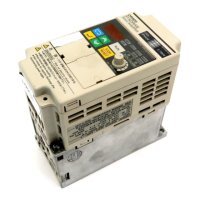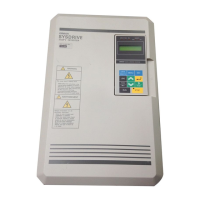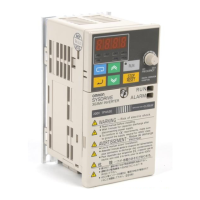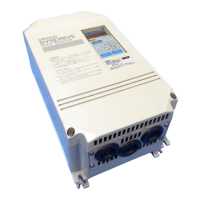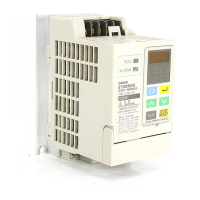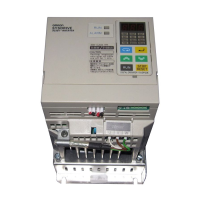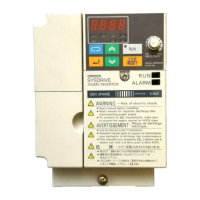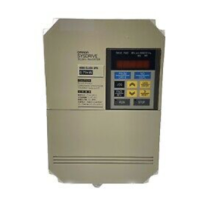7-16
7-2-10 Mechanical Vibration
H Mechanical system makes unusual noise.
•Resonance between the characteristic frequency of the mechanical system and the
carrier frequency.
There may be resonance between the characteristic frequency of the mechanical
system
and the carrier frequency
. If the motor is running with no problems and the
machinery
system is vibrating with a high-pitched whine, it may indicate that this is
occurring. To prevent this type of resonance, adjust the carrier frequency value in
n46.
•Resonance between the characteristic frequency of a machine and the output fre-
quency of the Inverter.
There
may
be resonance between the characteristic frequency of a machine and the
output frequency of the Inverter. To prevent this from occurring, use the frequency
jump function with the constants set in n49 through n51 to change the output fre-
quency
or install vibration-proof rubber on the motor base to prevent the resonance
of the mechanical system.
H Vibration and hunting are occurring.
•Influence by the slip compensation function.
The
slip compensation function of the Inverter may influence
the characteristic fre
-
quency of the mechanical system to cause vibration or hunting. In that case, in-
crease
the time constant in n67 for slip compensation.
The larger this time constant
is,
however
, the slower the response speed of the slip compensation function will be.
Maintenance Operations Chapter
7

